News 9/21/12
The Forbes 400 list of richest Americans includes Epic’s Judy Faulkner (#285 with a net worth of $1.7 billion) and Cerner’s Neal Patterson (#391 at $1.12 billion).
From HIStalk Fan: “Re: EHR experience reporting. The IOM recommendations could improve outcomes and safety. It remains puzzling that ONC is against robust vetting for safety and efficacy.” ONC asked the IOM to suggest ways to collect and report EHR user experiences, particularly those involving problems with patient safety. IOM’s just-published paper lays out ways that could be done. Possibilities include (a) testing vendor products against use cases; (b) placing a “report a problem here” button on EHR screens to allow users to quickly report problems; (c) have EHRs collect information such as number of clicks or the number of screen views and mine that data to look for problems; (d) conduct user surveys; and (e) develop a formal reporting program. The article recommends posting the collected information on a website that would rate individual functions vendor by vendor using a star-type rating system.
From Misys_Ex: “Re: QuadraMed. Not all to be sold, only the HIM/Quantim line. Sale to close in a week. Spending and hiring freeze in effect. MModal is the rumored buyer.” Unverified. An all-company call has been scheduled for October 1, rumor has it, which would logically place the announcement on the first day of the AHIMA conference.
From Dale Sanders: "Re: odd iPad requirement. The Colorado Department of Health Care Policy and Financing is re-competing its Medicare and Medicaid Information System contract. The draft RFP requires each vendor to submit their response on seven iPads, one for each member of the selection committee.” The rationale is that the iPad saves printing and shipping cost, although you could do a lot of printing for the $3,500 or so. The state says vendors like the idea and the iPads are more secure than paper, ensuring that documents don’t fall into the hands of competitors and thereby force an expensive re-bid and/or legal challenge for the $100 million project. None of that would seem to preclude returning the iPads given that the state plans to erase and reuse them anyway.
From Laura: “Re: Practice Fusion. Another cloud downtime.” Only for a few minutes, apparently, but judging from the comments, I bet that Like button didn’t get much action while the users killed time waiting to get back on.
From Writing My Resume: “Re: McKesson’s Better Health 2020. Will go down as the largest mistake in the history of HIT. Customers like Providence, Southwest Washington, Ohiohealth, John Muir, Valley Health, WellStar, HealthEast, and Resurrection are moving from Horizon to Epic. The new Paragon customers are small community hospitals and it will take 10-15 of them to replace one Horizon customer. Rumors of another layoff coming.” Unverified. I interviewed MPT President Dave Souerwine when the program was announced in December 2011. Better Health 2020 was a series of commitments to (a) invest $1 billion in R&D over the following two years, a good bit of that in enhancing Paragon over a 30-month development cycle; (b) sunset no products, but shift resources away from Horizon clinical applications to Paragon; (c) stop the development of Horizon Enterprise Revenue Management and lay off 174 employees immediately; and (d) continue to support Horizon customers through Meaningful Use and ICD-10.
HIStalk Announcements and Requests
![]() Are you current on all the latest ambulatory HIT news? Here are some highlights from HIStalk Practice over the last week: RAC auditing of physicians begins in 15 states, focusing on higher-level E/M codes. The state of Colorado reports that Medicaid medical homes are reducing hospital inpatient stays and ER visits. EHR adoption at community health center grows to 74 percent, thanks to HITECH funding. eClinicalWorks predicts a 23 percent increase in revenues for 2012. Implementation costs and low patient adoption are big barriers for practices wanting to add patient portals. A physician weighs in on the impact of the ACA, incentives, and EHR. Nuesoft Technologies’ Blake LeGate offers tips for preparing for ICD-10. Dr. Gregg thinks (a lot) about going back to paper. Some days, especially those when Mr. H is especially busy at his day job, the only way I know I am appreciated is to see that someone new has subscribed to HIStalk Practice. When you check out these stories, show me the love and sign up for the e-mail updates. Thanks for reading.
Are you current on all the latest ambulatory HIT news? Here are some highlights from HIStalk Practice over the last week: RAC auditing of physicians begins in 15 states, focusing on higher-level E/M codes. The state of Colorado reports that Medicaid medical homes are reducing hospital inpatient stays and ER visits. EHR adoption at community health center grows to 74 percent, thanks to HITECH funding. eClinicalWorks predicts a 23 percent increase in revenues for 2012. Implementation costs and low patient adoption are big barriers for practices wanting to add patient portals. A physician weighs in on the impact of the ACA, incentives, and EHR. Nuesoft Technologies’ Blake LeGate offers tips for preparing for ICD-10. Dr. Gregg thinks (a lot) about going back to paper. Some days, especially those when Mr. H is especially busy at his day job, the only way I know I am appreciated is to see that someone new has subscribed to HIStalk Practice. When you check out these stories, show me the love and sign up for the e-mail updates. Thanks for reading.
Working anonymously is good in some ways, bad in others. On the “bad” side, Inga, Dr. Jayne, and I labor in our otherwise empty rooms with no human contact, meaning our little HIStalk world will evaporate the moment we quit or get hit by that proverbial bus. It’s up to you to write our electronic epitaph in advance, as follows: (a) connect with us and Like us (note to Mark Z — a Love button would be better) on the usual ego-feeding social not-working sites; (b) sign up for our spam-free electronic updates; (c) show your appreciation for the companies that keep our caustic keyboards clacking by reviewing the gallery-quality ads to your left and impulsively clicking those that pique your interest; (d) inspect the more detailed sponsor information housed in the Resource Center and consider using the Consulting RFI Blaster to effortlessly contact several consulting firms at once about your needs; (e) send us news, rumors, photos, ideas, or anything else that interests you and therefore would probably interest the rest of the HIStalk universe; and (f) look into the nearest reflective surface and give yourself a jaunty thumbs-up on our behalf for being discerning enough to recognize that despite its amateurish presentation, occasionally inappropriate content, and intentionally ironic pipe-smoking logo character, HIStalk does a mostly OK job in keeping you informed as well as a guy with a full-time hospital job can do.
My inbox is bulging and I have a lot of catching up to do this weekend. That’s the best I can do, unfortunately. Re-sending your e-mail doesn’t really help solve my problem of needing to sleep five hours or so, which is about all the time I have left at the end of the day. I promise I have not forgotten you.
Welcome to new HIStalk Platinum Sponsor TeraRecon of Foster City, CA. The company is a global leader in enterprise image management solutions, especially with regard to advanced imaging procedures. Its zero-footprint iNtuition EMV (Enterprise Medical Viewer) can deliver interactive images to any Web browser for even the largest and most complex CT exam, even interactive 3D. Instead of a peering at static JPGs in the EMR or a generic 2D viewer short on useful tools, physicians get a rich viewer with contextual tools and viewing configurations that are automatically set based on image type. Specialists in particular get real value from 3D images. The flagship iNtuition solution integrates with any vendor-neutral archive, so it works with a wide variety of systems including PACS from any vendor. TeraRecon created the concept of advanced visualization and iNtuition is the leader in enterprise-wide, thin-client server-based visualization with over 4,500 installations all over the world. Thanks to TeraRecon for supporting HIStalk.
I admit that imaging solutions aren’t my strong suit, so hopefully this TeraRecon overview video that I found on YouTube will make up for any deficiencies that I shamelessly exposed in my introduction above.
Acquisitions, Funding, Business, and Stock
Skylight Healthcare Systems, a provider of interactive patient systems, raises $5 million in Series D financing.
Sales
The New York eHealth Collaborative selects MedAllies to operate its Direct Solution on the Statewide HIN of NY.
CMS awards HP a $43 million task order to continue providing IT services for the EHR incentive program and for maintaining the CMS Integrated Data Repository database.
Loma Linda University Medical Center (CA) selects Nuvon to provide medical device connectivity and interoperability as it migrates its OR, ICU, and dialysis center to Epic.
The VA awards Systems Made Simple (SMS) a $27 million renewal contract to support the Veterans Service Network program and Benefits Gateway System development project.
People
Bill Conroy joins Kareo’s board, a position he also holds for Prognosis Health Information Systems and Phreesia.
Ben-Tzion Karsh, a University of Wisconsin-Madison professor of engineering and one of the authors of the IOM article on EHR experience reporting that I mentioned above, died last month at 40.
Announcements and Implementations
INTEGRIS Health (OK) implements PatientSecure by HT Systems for biometric palm scanning.
Intelligent Medical Objects announces a search engine appliance to deliver just-in-time secure terminology services at the point of care.
Elsevier releases a version of its ClinicalKey reference system aimed at individual clinicians, which features information from 900 textbooks and 500 medical journals covering 41 specialties.
In Canada, three-employee Clinisys launches its first product, a cloud-based EMR.
New in the AMA’s CPT 2013 data file: consumer-friendly descriptors of each CPT code for patients and caregivers.
Santa Fe-based Seamless Medical Systems launches an iPad app for physician waiting rooms that allows patients to complete their forms online, review educational material, take notes during the visit and e-mail them to themselves, and play games.
Government and Politics
Sen. John Kerry (D-MA) introduces MITECH, a bill that expands the MU program to include safety net clinics that don’t necessarily qualify under the Medicaid incentive program. Kerry’s legislation would allow providers to qualify for incentives if at least 30 percent of their patient volume comes from lower-income patients.
ONC posts the vendors who signed up for the Blue Button Pledge (Alere Wellogic, Allscripts, athenahealth, AZZLY, Cerner, eClinicalWorks, Greenway, Intellicure, NextGen, and SOAPware) and invites other vendors to tweet their #VDTnow pledge to be added. Above is Farzad Mostashari’s welcome to the Consumer Health IT Summit where the companies were announced.
The US Army tests real-time medical communication software that uses mobile devices and 4G networks to support battlefield medics treating severely wounded solders. Portable physiologic monitors are used to to send streaming video, voice, and photos, along with treatment records, to surgeons that in real-life situations would be located in remote hospitals.
Innovation and Research
Mobile health apps that help manage medications and blood glucose are linked to improved diabetes management in socially disadvantaged populations.
Other
The board of directors of the Kansas HIE votes to transfer its duties to the Kansas Department of Health and Environment by October, 2013, which will save $350,000 a year.
The Joint Commission designates 620 hospitals as top performers on 45 evidence-based care processes closely linked to positive outcomes.
Joe Goedert of Health Data Management wrote a rebuttal to the Soumerai and Koppel editorial that ran in The Wall Street Journal this week called A Major Glitch for Digitized Health-Care Records. Joe mentioned some of the same points I did in my criticism of the editorial and the studies it selectively cited, but added quite a few more in Bad Research Shouldn’t Affect Good Policy. I respect the opinions of the authors and I’m as cynical as the next guy, but the editorial had just enough citations to possibly fool someone into thinking that it was new research (or that the old research mentioned was actually well done, which it wasn’t.) My criteria for assessing the objectivity of articles on almost any contentious topic (religion, politics, sports, or healthcare IT) is this: if the authors never give credibility to anything that doesn’t match their own beliefs, then I simply don’t bother reading because I already know what they’re going to say. I should note, though, that Ross Koppel was one of the authors of the IOM report on EHR problem reporting that I mentioned above and that’s a nice credit.
Job postings for healthcare professionals with EHR skills have jumped 31 percent over the last year.
Georgia Tech is offering a free, online Health Informatics in the Cloud class taught by Mark Braunstein MD, who has more relevant experience than anyone I can think of. Students don’t need a technical background – just five to seven hours per week for 10 weeks. The class is offered via Coursera, an online education startup that has already enrolled 1.5 million students in its “massive open online courses.” Its partners include Brown, Columbia, Stanford, Penn, and other topnotch schools that aren’t ordinarily interested in giving away their courses for free. This looks really good, especially for folks who don’t have a lot of formal healthcare IT education on their resume.
The family of a man who died in the ED of Beebe Medical Center (DE) files suit against the hospital and the ED staffing company it uses. The patient was discharged from the ED after being seen for chest pain, but he made it no further than a chair in the lobby before dying of a heart attack while waiting for a ride. Nobody noticed until hours later.
People who have eaten in Epic’s cafeteria will enjoy this profile of Executive Chef Eric Rupert (not celebrity French chef Eric Ripert, although I’m sure Epic could afford him if they wanted). The chef says Judy is a serious foodie — the only non-chef he’ll talk to about food — and she insists that Epic’s employees and visitors be fed well. He leads a staff of 78 Epic employees and describes the company environment: “There really is very little hierarchy here. You’re either a team member or a team leader, and the team leaders do everything that team members do, and then they also manage people. It’s not considered a promotion to go from a team member to a team leader; it’s just additional responsibilities.” He says Epic is different from its Silicon Valley counterparts in that employees pay the cost of ingredients for their meals instead of getting them for free, and everything is made in-house, even the baked goods. But like Google and other high-tech companies, Epic uses their food as a recruiting tool and has a diverse group of employees to feed, representing 55 countries.
Inga masquerades as Weird News Andy in finding this story. A Colorado man sues several food companies for “popcorn lung,” claiming that he ate microwave popcorn for years and the artificial butter fumes damaged his lungs. The jury, who apparently didn’t find his years of exposure to carpet-cleaning chemicals to be contributory, awards him $7 million. Inga adds that she hopes he gets his money in a Jiffy.
Epic UGM Report
By David Miller
Dave Miller, vice chancellor and CIO of University of Arkansas for Medical Sciences, e-mailed me privately about Epic’s UGM. I asked him if I could run his comments on HIStalk since non-Epic customers are always mystified by the company’s cult-like following. If you were one of the 8,000 UGM customer attendees and would care to share your thoughts about why it’s different than other user group meetings you’ve attended, I’d like to hear from you.

I have been to a number of UGMs at Epic, though it has been about three years since my last one. I am always amazed at the creativity of the Epic staff and the almost flawless way in which they execute the logistics to handle almost 8,000 users.
It continues to be primarily a user-driven event, from the advisory councils to the UGM sessions and even to the entertainment. The sessions themselves demonstrate the excitement that their users feel with what they have been able to do with one of the top healthcare IT products.
At the end of the day, it really comes down to Epic’s ability to instill their culture in each and every employee. Their simple focus on customer service was demonstrated by every employee I encountered. They had people stationed everywhere on campus to give directions, to drive golf carts to your destination, or just about anything else you needed.
I actually did not see a lot of Judy, but when she was present, she cheerfully took pictures with about anyone who would ask. Pretty amazing for a CEO of that stature. In my experience, most individuals in her position are self-absorbed and would never mingle like she does. I’ve also known Carl Dvorak for about 15 years, and he is about the most down-to-earth individual you would ever want to meet.
Judy creates an atmosphere for her employees that encourages and enables them to be at their creative best. The end result is a really good set of tools to manage the complexity of issues that healthcare organizations deal with every single day. Yes, there are imperfections, but they are so outweighed by the positives that they become irrelevant.
They used to say that no CFO ever got fired for hiring a Big 8 firm. Short of having someone completely inept in that role, I think I would say the same thing about a CIO.
Sponsor Updates
- ChartWise Medical Systems profiles Jennie Stuart Medical Center (KY) and its use of ChartWise:CDI to improve documentation an reporting.
- SuccessEHS reports that more than 10 percent of its EHR and PM client are now using its RCM services.
- Health Care DataWorks offers a September 25 webinar on CMS’s Value-Based Purchasing program.
- DrFirst offers Meaningful Use webinars over the next three weeks covering avoiding penalties, data exchange, the EHR as a clinical tool, and clinical quality measures.
- Orion Health’s portal solution for Alberta Netcare reaches 100 million views since its 2006 implementation.
- Versus features Northwest Michigan Surgery Center in its October 17 Webinar on maximizing patient flow with RTLS.
- TELUS Health Solutions and Sun Life Financial launch an eClaims solution for extended care providers across Canada.
- The Web Marketing Association recognizes CareTech Solutions as Outstanding Website Developer for winning nine WebAwards in 2012.
- CommVault joins The Association of Certified E-Discovery Specialists as an affiliate member.
- Awarepoint integrates its awareED module with Rauland Responder’s nurse call system.
- CDN Channel Elite recognizes NexJ Systems with gold awards for best cloud computing and best mobile solutions.
- MEDSEEK hosts roundtable discussions on marketing’s role in MU at this week’s Society for Healthcare Strategy and Market Development conference.
- Greenway hosts a Webinar series addressing the trends of electronification, consumerism, and improving population health.
- Lifepoint Informatics will sponsor the Pathology Informatics 2012 conference in Chicago October 9-12.
I read a variety of newsletters in an attempt to keep up. I got a chuckle out of a pair of articles in a single e-mail. The first article suggests evening and weekend appointments as a way to reduce annual medical expenses. It calls for physicians to “rearrange schedules to offer greater availability when patients are off work.” Just a few blurbs down, another piece by the same author discusses recent survey findings that new physicians find a four-day work week highly desirable.
I’m guessing that many of those that want a four-day week don’t intend for it to be made up of weekends or evenings. Most of my colleagues who run 10-hour days see patients 7:00 a.m. to 5:00 p.m. Even though running extended hours with more providers increases utilize of office space and changes the overhead profile, I don’t see it luring providers without a change in the compensation model.
I used to have evening hours in my practice. I didn’t mind it, but it was extremely hard on my staff, who struggled to find child care after 6:00 p.m. Just another illustration of why fixing the access issue isn’t as simple as it initially seems.
It’s not health IT, but it’s a great story. A British teenager floats his own science platform 20 miles into the atmosphere, capturing amazing photos with a camera he bought on eBay. The camera and other instruments survived a 150 mph descent and were recovered about 30 miles from the launch site.
Midmark @MidmarkNews tweeted yesterday about vitals workflows based on research findings. I’m all about evidence-based medicine, so it got my attention. Their brochure documents some interesting findings from a study they did on efficiency and accuracy of vital signs capture. Covering both manual and EHR-integrated automated devices, their data parallels what I’ve seen in practice. Even though it’s a sales piece, I liked their use of workflow diagrams. They point out some of the problems with the design of the average physician office: lack of space to place belongings when standing on the scale, facilities that aren’t conducive to accompanying family members, and workflow bottlenecks. I unfortunately work with a healthcare architect that is still designing exam rooms from the 1950s. I think I’ll leave a copy on his desk anonymously.
I seem to be getting farther and farther behind on e-mail. I’m not sure how Mr. H does it, but I must get him to teach me his secrets. Reader Dr. Nurse responded to my piece on why IT alone will not fix health care:
I have mild Crohn’s disease, so I get the wonderful privilege of having every-other-year colonoscopies. Being the dutiful patient I am, when my PCP reminds me it is “time,” I schedule my appointment. I called our local hospital to schedule the appointment. Despite their Epic implementation, which allows them to view my history, insurance coverage, PCP info, etc. the scheduler informed me that I could not self-refer for a colonoscopy and would need to have a doctor’s order faxed from my PCP’s office. I told her my insurance (BCBS) did indeed allow me to schedule such tests, but she refused.
She goes on to share a tale of woe spanning two weeks, ending with a procedure at an independent outpatient clinic and a letter of complaint to the hospital that resulted in a “horrified” apology from the hospital’s VP of client services. She asks, “If I have excellent insurance and they insist on placing such silly barriers to care in front of me, what do less-privileged people do?”
That is exactly the kind of problem solving we need to be working on in tandem with IT. Let’s leverage real-time eligibility, medical necessity determination, and clinical histories to knock down the barriers.
Do you have a story about integrated care that works well? E-mail me.
Contacts
Mr. H, Inga, Dr. Jayne, Dr. Gregg.
More news: HIStalk Practice, HIStalk Mobile.




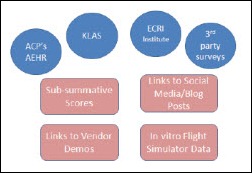

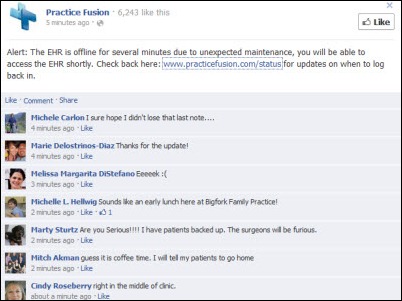
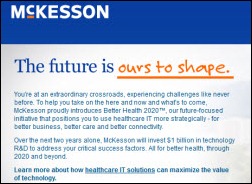
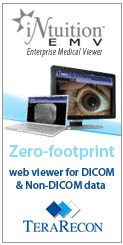


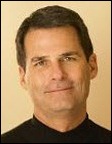


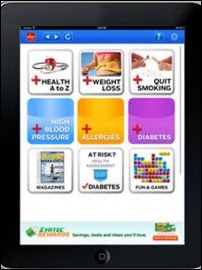









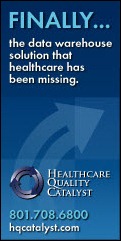

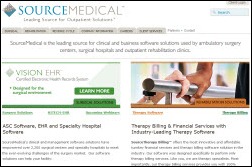




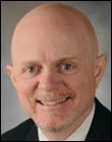

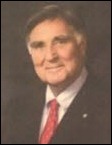
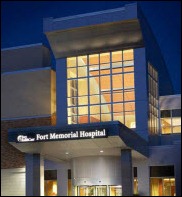
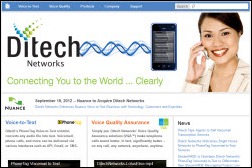




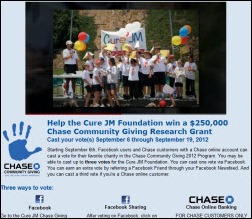






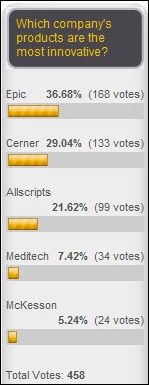
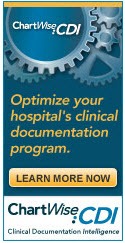


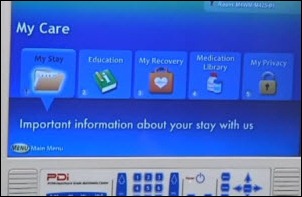
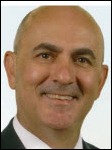

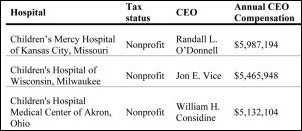



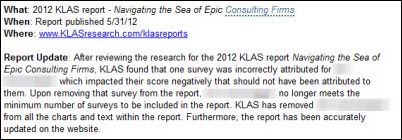





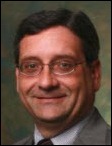
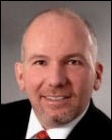
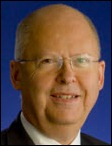

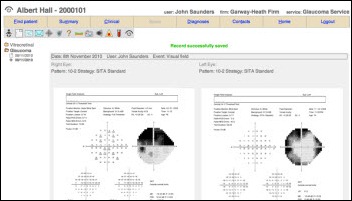
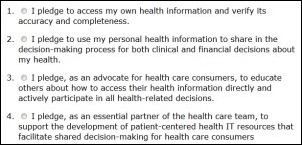
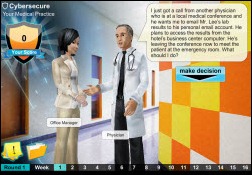
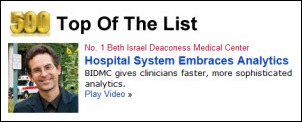


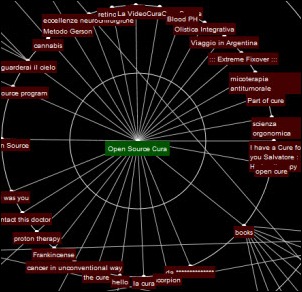






















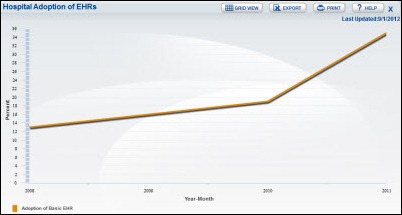
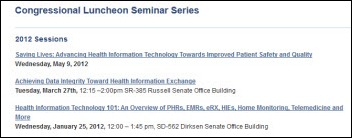

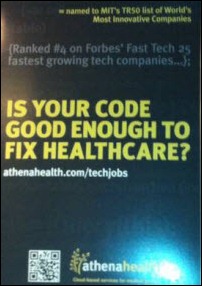




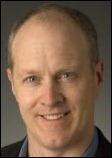


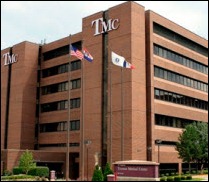



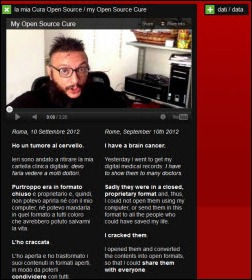
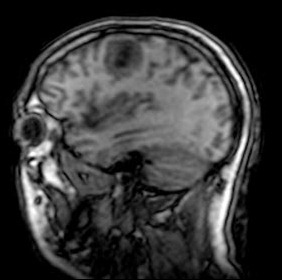

















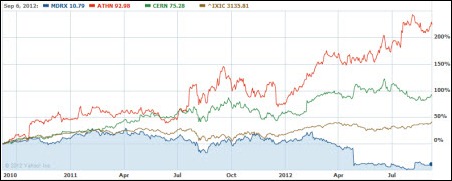


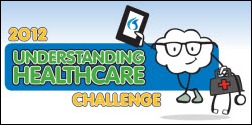
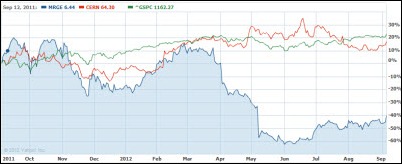


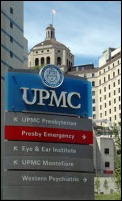

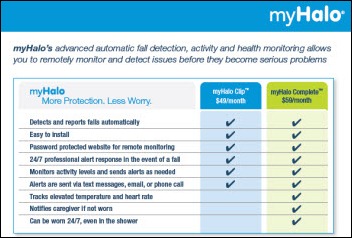
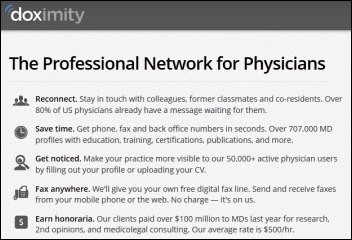

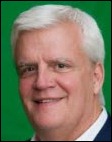

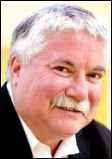

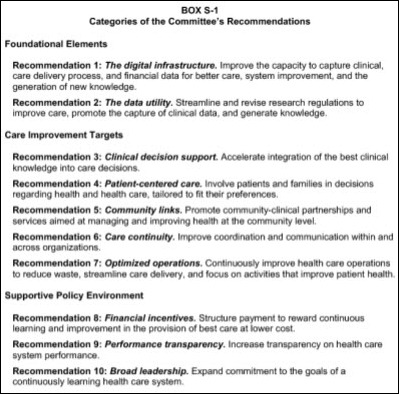






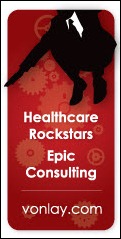


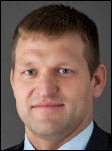


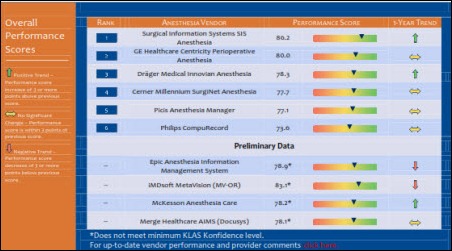


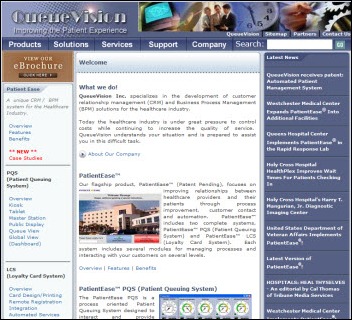
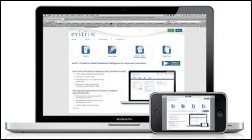
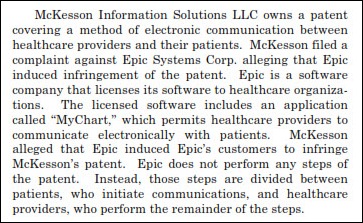
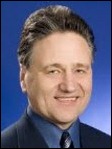

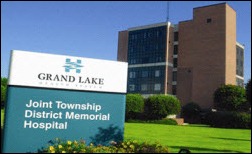
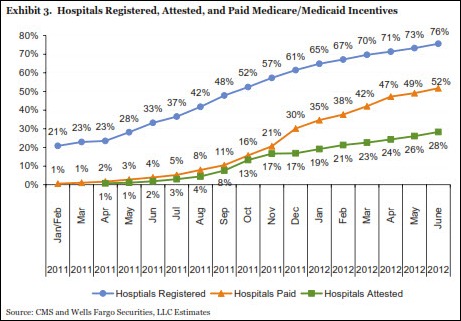
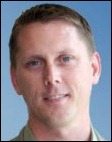
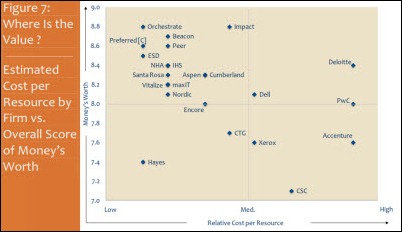
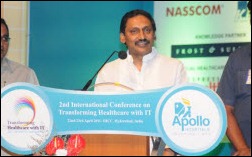
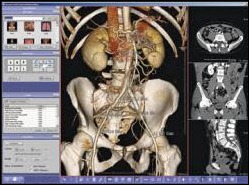
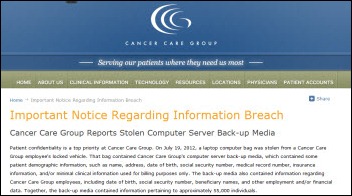
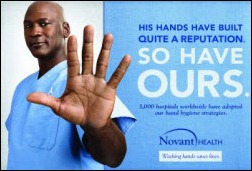





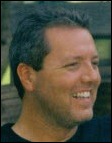
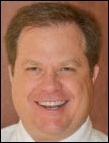
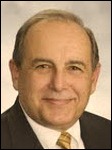






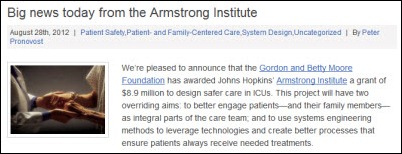



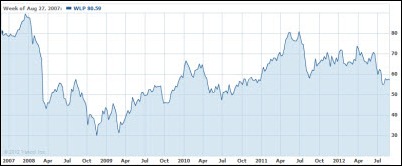
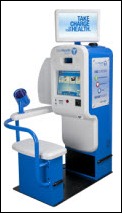


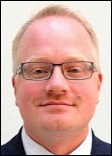
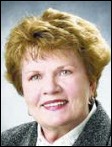
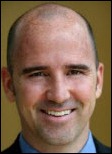

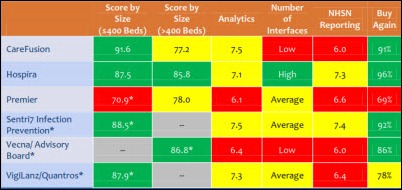


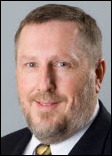



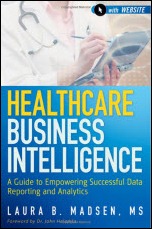
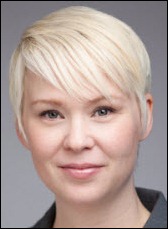

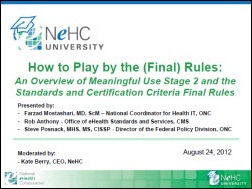
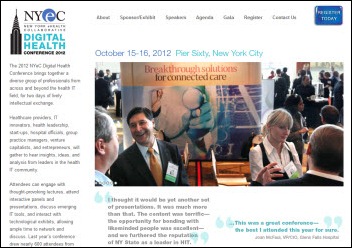
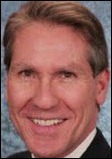
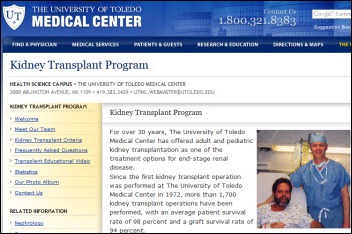










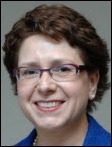
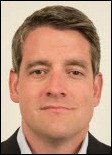
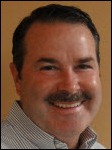
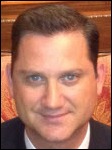

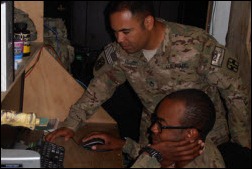











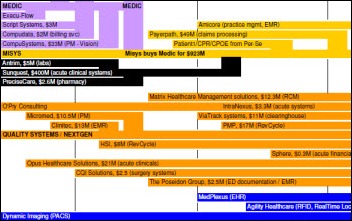
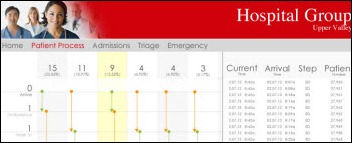






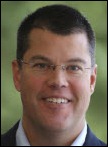
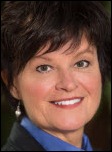

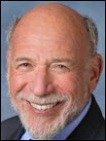


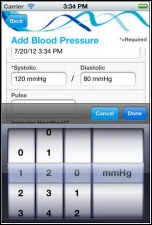

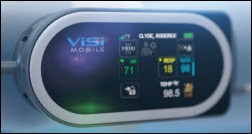

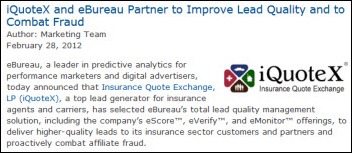
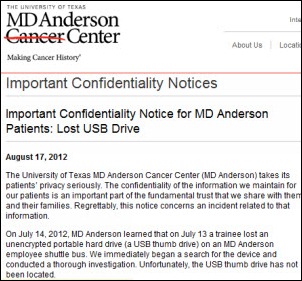
































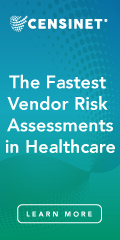













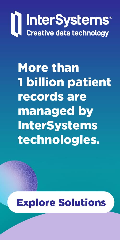





































The primary point of using the Cloud is using operating expenses vs limited capital ones and avoiding having to update…